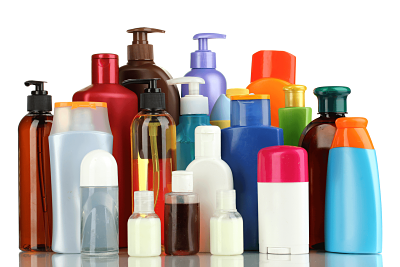Categories
Categories
Cosmetics, Toiletries, Household Cleaning Products now may make up One Half of All Urban Air Pollution, Auto Exhaust Declining
Posted by on

Basically, women are sick with many hormone related diseases because they are poisoning themselves with common household products that are hormone disruptive. These products may contain natural or synthetic chemicals that disrupt and compete with your hormones and do NOT show up on the hormone test.
Recently, scientists have found that cosmetics, perfumes, toiletries, paints and other common products found in the house are now contributing a significant amount of pollution in urban areas even compared to vehicle exhaust from cars and trucks. VOCs or Volatile Organic Compounds are released from pesticides, herbicides, building materials, perfumes, and hairsprays are largely unregulated. Scientific researcher Joost de Gouw writes that these compounds evaporates almost completely as compared to fuel for vehicles that burn up. Alastair Lewis, professor of atmospheric chemistry at the University of York, estimates that a quarter to a third of all pollutions is from VOCs. Researcher McDonald shows that one half of all pollutants from fossil fuels now is made up of these household products. Both indoor and outdoor urban air was measured and found that before emissions from vehicles used to be dominant, but now VOCs from household chemicals are becoming more dominant. Vehicle exhaust is trending downward. However, now more and more the problem is becoming dominated by household product VOCs.
A researcher King’s College London of air pollution, David Green, stated, “Organic aerosols, which are produced when these volatile chemicals react in the atmosphere contribute significantly to UK PM2.5 concentrations as they do all over the world. In London, where we measure these routinely, approximately a third of PM2.5s can be attributed to organic aerosols which come from a range of sources including vehicle emissions, wood burning and even cooking. This paper highlights a previously poorly understood source which is currently unregulated.”
http://science.sciencemag.org/content/359/6377/760
https://www.theguardian.com/environment/2018/feb/15/cleaning-products-urban-pollution-scientists
 Loading... Please wait...
Loading... Please wait...